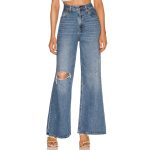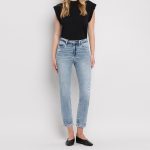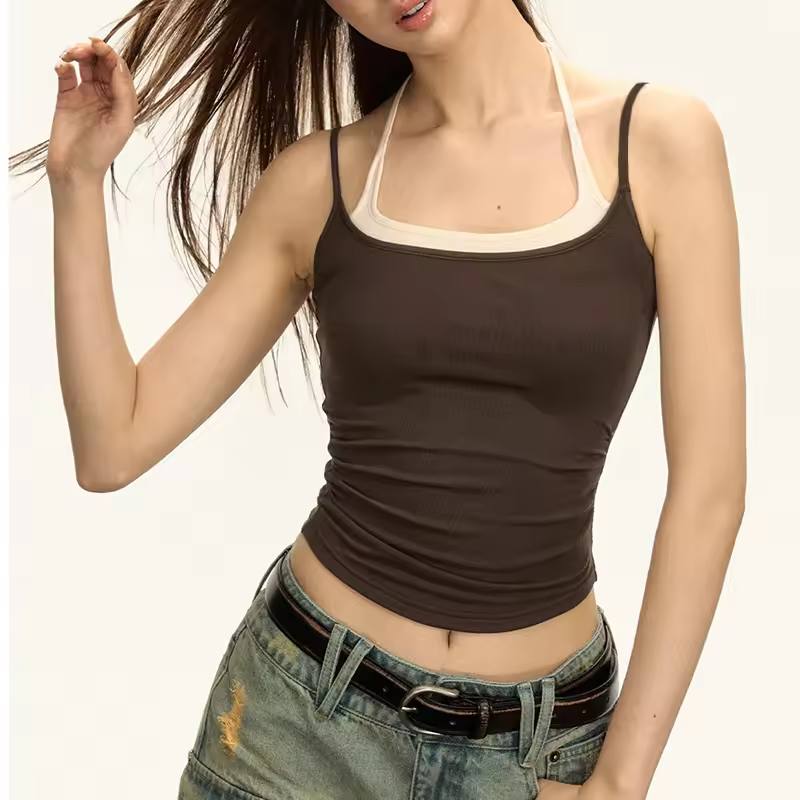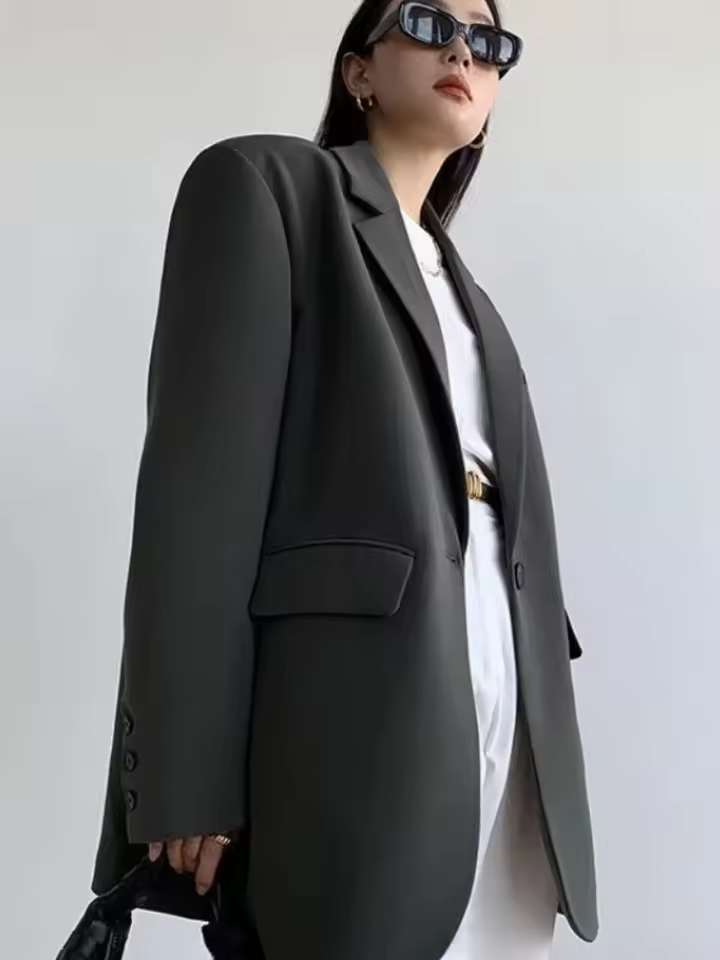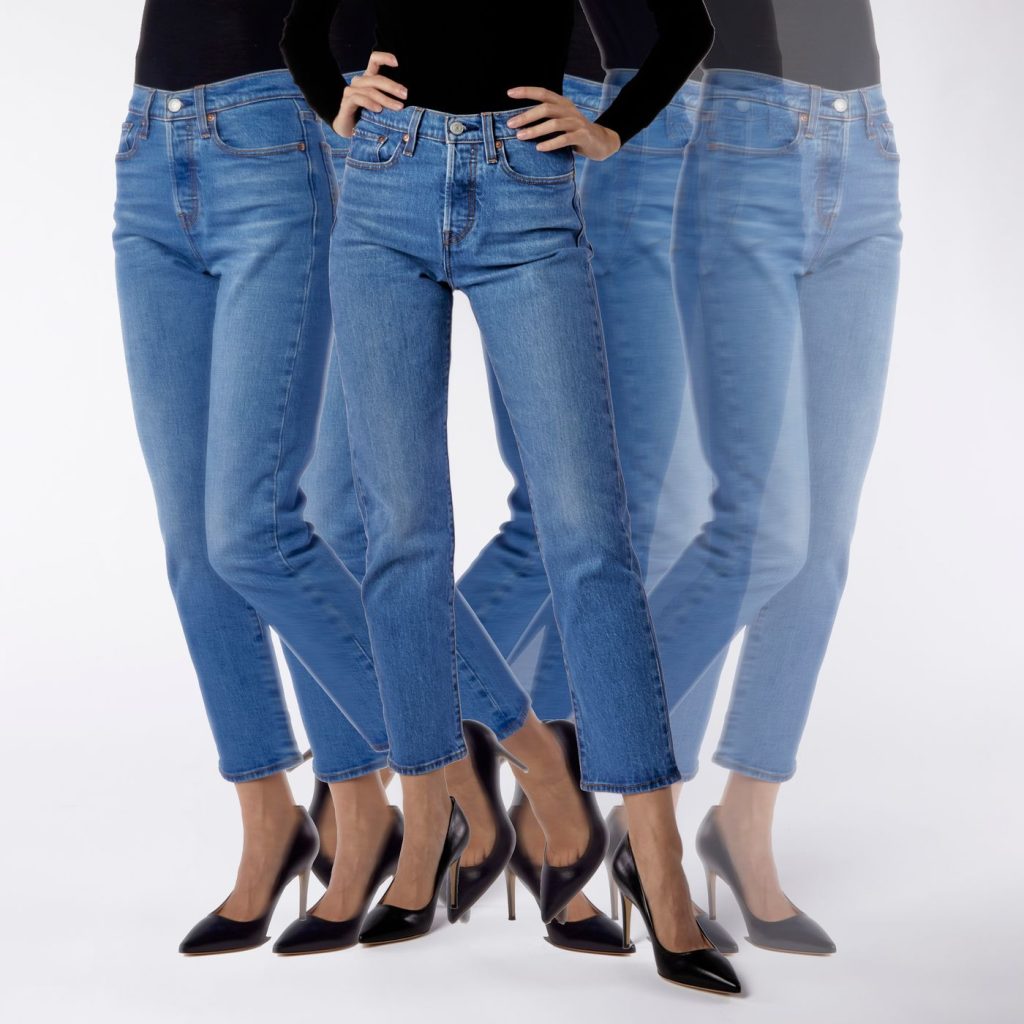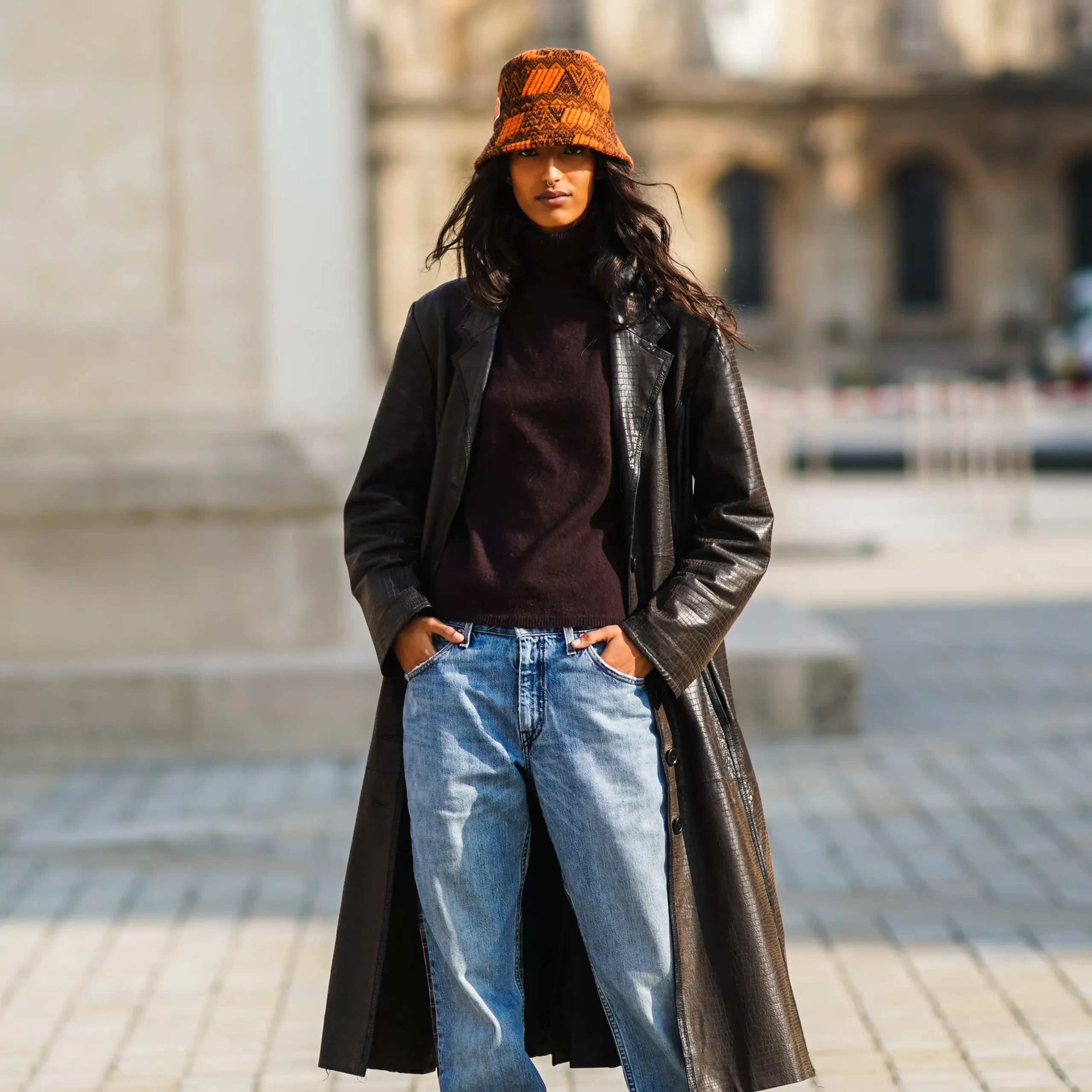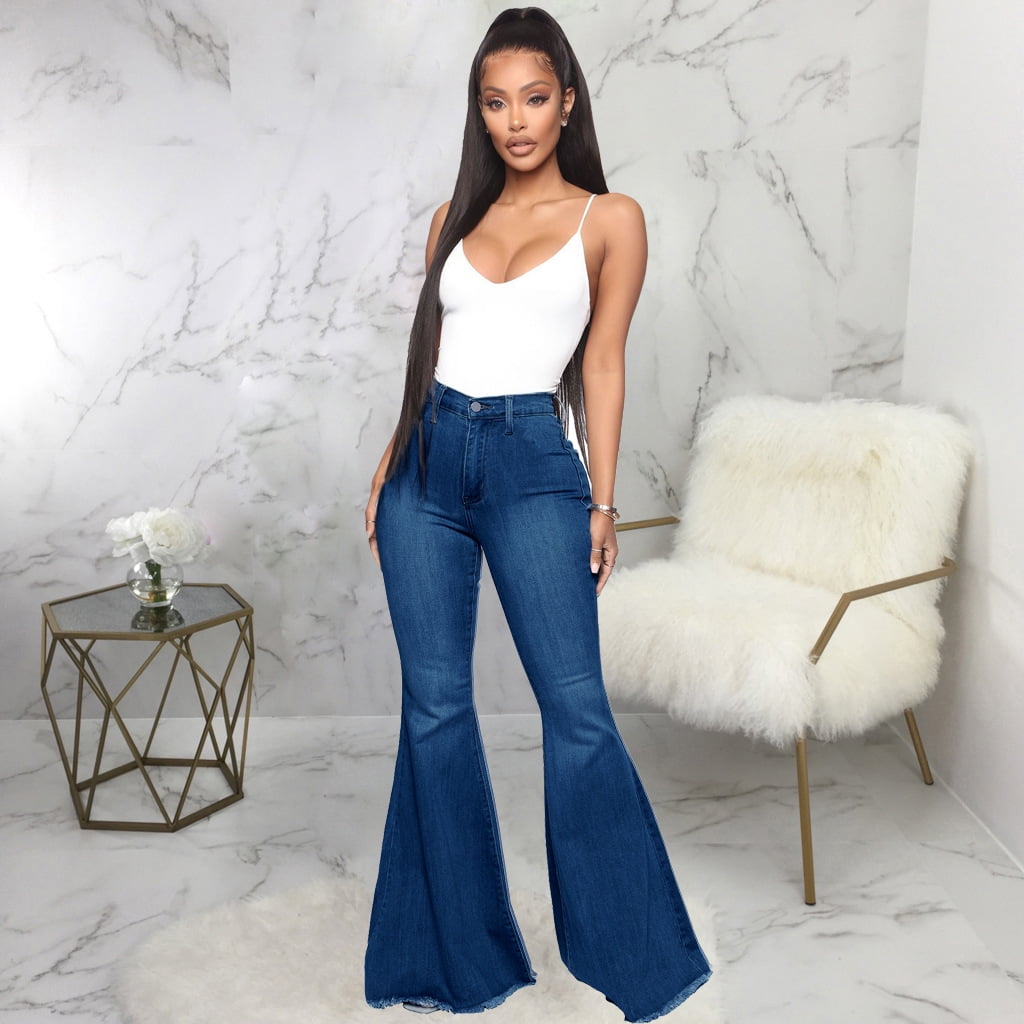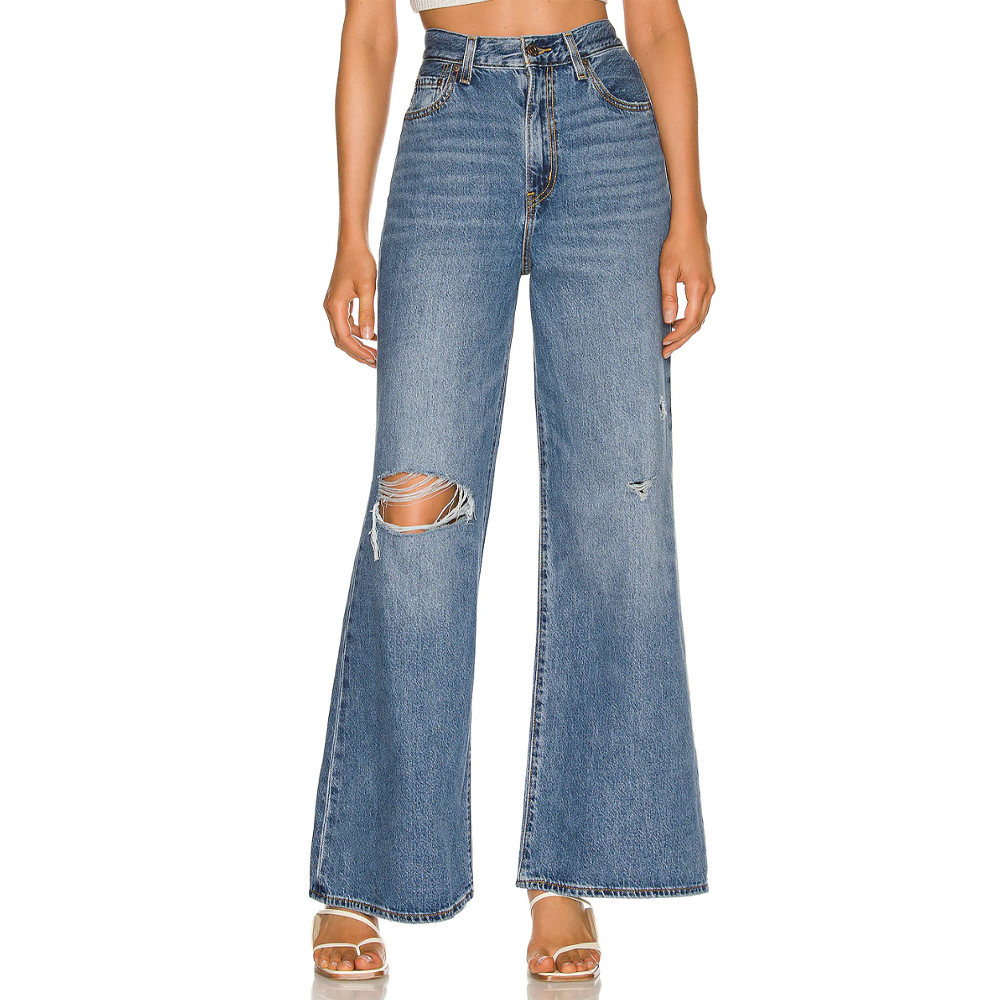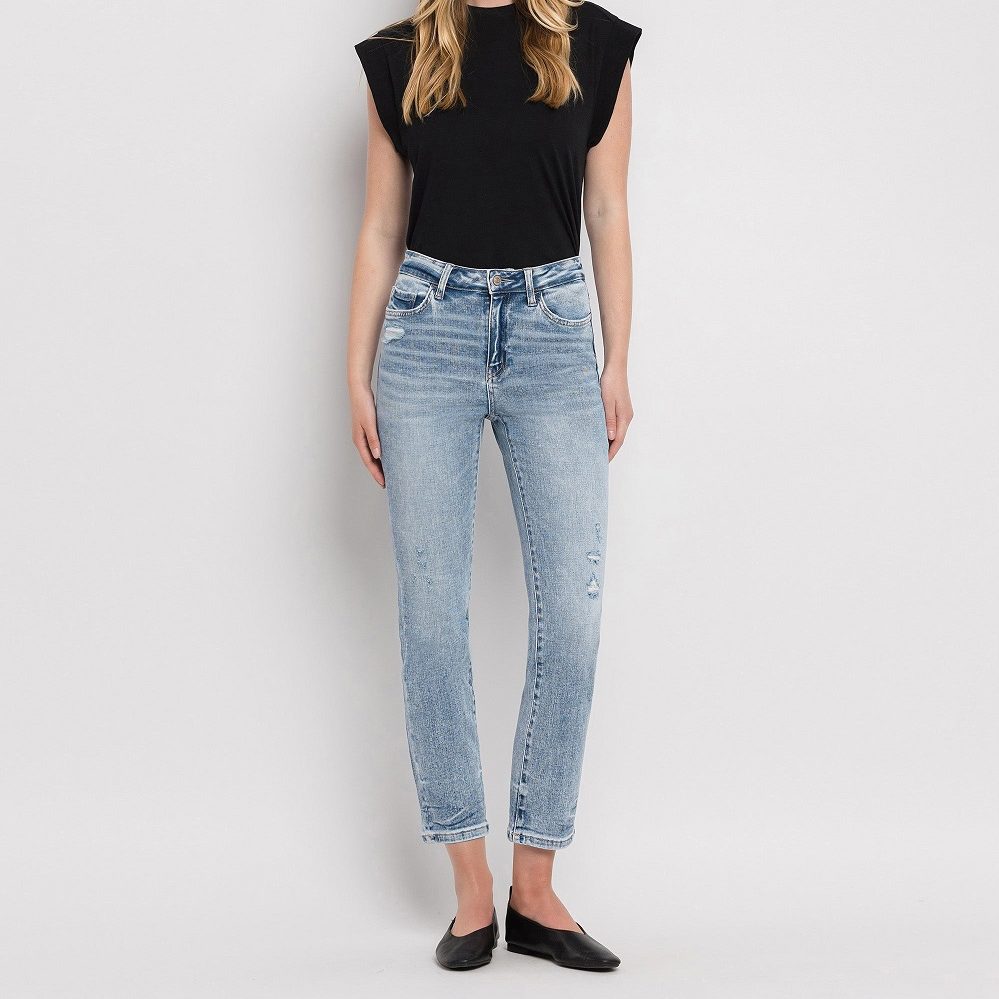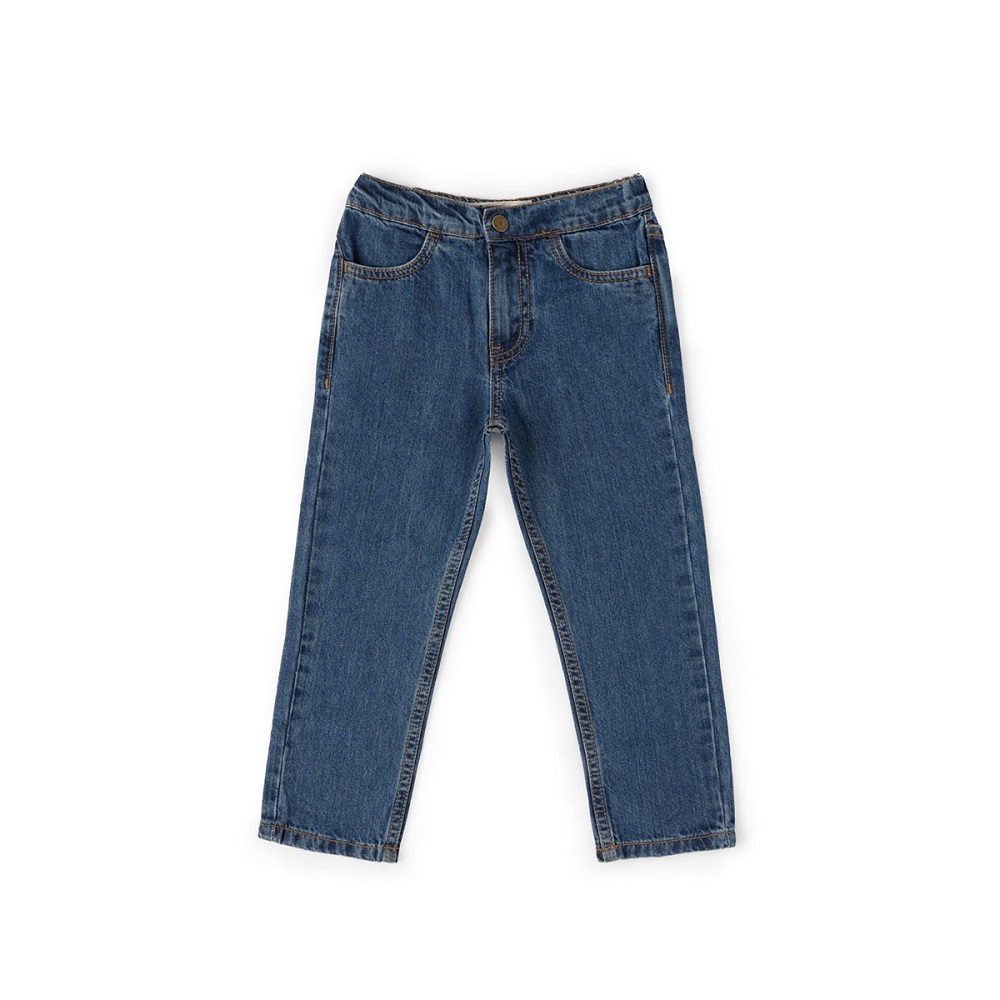Finding Your Perfect Denim Fit: The Art of Jean Selection
Jeans stand as a cornerstone of modern wardrobes, transcending age, gender, and style preferences. Yet, despite their ubiquity, finding the perfect fitting pair of jeans often feels like an elusive quest. The right fit can boost confidence, enhance comfort, and elevate your overall look. Conversely, ill-fitting jeans can lead to discomfort, unflattering silhouettes, and style mishaps.
Understanding how jeans should fit isn’t just about following trends; it’s about discovering what works best for your unique body shape and personal style. The perfect fit varies from person to person, but certain universal principles apply to achieve that coveted balance of comfort and style.
In this comprehensive guide, we’ll explore the nuances of jean fitting, covering everything from waistband placement to leg openings. We’ll delve into how different styles – skinny, straight, bootcut, and more – should sit on your body. You’ll learn about the importance of rise, inseam length, and the subtle details that can make or break a pair of jeans.
We’ll also address common fitting issues and how to overcome them. Whether you struggle with gaping waistbands, saggy seats, or length problems, we’ve got solutions to help you find jeans that fit like they were made for you.
Moreover, we’ll discuss how fabric composition affects fit and feel. The difference between rigid denim and stretch varieties can significantly impact how jeans wear over time and conform to your body.
The Importance of Proper Fit
The right fit is crucial for both comfort and appearance. Ill-fitting alter jeans can ruin an otherwise stylish outfit and cause discomfort. Jeans that fit well should align with your body shape, provide ease of movement, and complement your overall style. Here, we break down the key aspects of jean fit:
Waistband Fit
-
- Ideal Fit: The waistband should sit comfortably around your natural waist without being too tight or too loose. You should be able to fit two fingers between your waist and the waistband.
- Avoid: Waistbands that gap at the back or dig into your skin, as they can cause discomfort and look unflattering.
Rise
-
- Low-Rise: Sits below the hips and is often chosen for a more casual, relaxed look. Not ideal for everyone, especially those with shorter torsos as it can create an unbalanced silhouette.
- Mid-Rise: Sits around the natural waist, providing a balance of comfort and style. Suitable for most body types and considered universally flattering.
- High-Rise: Sits above the natural waist, enhancing the waistline and elongating the legs. Ideal for creating a vintage or retro look, and great for tucking in shirts and blouses.
Hips and Thighs
-
- Snug But Comfortable: Jeans should hug the hips and thighs without causing any restriction. There should be enough room to sit, bend, and move freely.
- Avoid: Excessively tight jeans that cause discomfort or restrict movement, and overly loose jeans that create a baggy, shapeless appearance.
Length
-
- Inseam Length: The inseam length determines how long the jeans will be on your legs. For full-length jeans, the hem should skim the top of your foot without pooling excessively.
- Cropped Jeans: Should end just above the ankle, creating a flattering, modern look.
- Avoid: Jeans that are too long and bunch up at the ankles or too short, revealing too much of the leg unintentionally.
Leg Shape
-
- Skinny Jeans: Fit snugly from the waist to the ankle, highlighting the natural shape of your legs. Ideal for a sleek, modern look.
- Straight-Leg Jeans: Have a consistent width from the hip to the hem, offering a classic and versatile style that suits most body types.
- Bootcut Jeans: Slightly flared from the knee to the hem, designed to be worn over boots. Great for balancing proportions, especially for those with wider hips.
- Wide-Leg Jeans: Flare out from the hips down, offering a relaxed, trendy fit that’s comfortable and stylish.
- Avoid: Styles that don’t flatter your body type or make you feel uncomfortable.
Choosing the Right Fabric
The fabric of your jeans plays a significant role in both fit and comfort. Here are some common types of denim fabric and their characteristics:
100% Cotton Denim
-
- Durable and Sturdy: Traditional denim with no stretch, offering a classic look and feel. It molds to your body over time but can initially feel stiff.
- Best For: Classic straight-leg and relaxed-fit styles.
Stretch Denim
-
- Comfortable and Flexible: Contains a small percentage of elastane or spandex, providing added comfort and flexibility.
- Best For: Skinny, slim, and form-fitting styles that require a bit of give.
Selvedge Denim
-
- High-Quality and Durable: Known for its tightly woven edge, preventing fraying. Often used in premium jeans and appreciated for its quality and longevity.
- Best For: Those who appreciate high-quality, durable jeans with a unique, raw finish.
Raw Denim
-
- Unwashed and Rigid: Typically 100% cotton and untreated, allowing the wearer to break them in naturally over time. Develops unique fades and wear patterns.
- Best For: Denim enthusiasts who enjoy customizing their jeans’ look through natural wear.
Understanding Different Body Types
To find jeans that fit perfectly, it’s essential to consider your body type. Here’s a brief overview of common body types and recommended jean styles for each:
Apple Shape
-
- Characteristics: Broader upper body, fuller midsection, slimmer legs.
- Recommended Styles: high loose jeans to define the waist, bootcut or straight-leg jeans to balance proportions.
Pear Shape
-
- Characteristics: Wider hips and thighs, narrower waist and shoulders.
- Recommended Styles: Mid-rise jeans to avoid gapping, straight-leg or wide-leg jeans to balance the hips.
Hourglass Shape
-
- Characteristics: Well-defined waist, balanced bust, and hips.
- Recommended Styles: High-rise or mid-rise jeans to accentuate the waist, skinny or bootcut jeans to highlight curves.
Rectangle Shape
-
- Characteristics: Balanced bust, waist, and hips, little waist definition.
- Recommended Styles: Low-rise or mid-rise jeans to add curves, bootcut or flare jeans to create balance.
Inverted Triangle Shape
-
- Characteristics: Broader shoulders and bust, narrower hips.
- Recommended Styles: Mid-rise or low-rise jeans to balance the upper body, straight-leg or bootcut jeans to add volume to the lower body.
Tips for Trying On Jeans
Trying on jeans is a critical step in finding the perfect fit. Here are some tips to make the process smoother:
- Bring Multiple Sizes: Denim sizing can vary between brands, so try on multiple sizes to find the best fit.
- Move Around: Sit, squat, and walk around to ensure the jeans are comfortable and allow freedom of movement.
- Check the Waistband: Ensure the waistband fits snugly without digging in or gaping at the back.
- Assess the Length: Check how the wide leg jeans fall around your ankles and consider whether you’ll wear them with heels or flats.
- Trust Your Comfort: If the jeans feel uncomfortable or restrictive in the fitting room, they likely won’t get better with wear.
Caring for Your Jeans
Proper care can extend the life of your jeans and maintain their fit and color. Here are some general care tips:
- Wash Infrequently: Washing jeans less frequently helps preserve their color and fit. Spot clean when necessary.
- Cold Water Wash: Use cold water to wash your jeans to prevent shrinking and fading.
- Air Dry: Air drying is gentler on the fabric than using a dryer. Lay jeans flat or hang them to dry.
- Turn Inside Out: Turn jeans inside out before washing to protect the outer surface and reduce fading.
- Avoid Over-Washing: Unless heavily soiled, jeans can often be worn multiple times before needing a wash.
Embracing Your Perfect Denim Fit: A Journey of Style and Comfort
Finding the ideal jean fit transforms your wardrobe and boosts your confidence. Remember, the perfect fit balances comfort, style, and personal preference. As you apply the principles discussed in this guide, keep in mind that your body is unique, and what works for others may not work for you.
As you continue your denim journey, remember that trends come and go, but a well-fitting pair of jeans never goes out of style. Trust your instincts and choose jeans that make you feel confident and comfortable.
Moreover, don’t be discouraged if finding your perfect fit takes time. The process of discovering what works best for your body is valuable in itself, helping you understand your preferences and needs better.
Lastly, remember that your body may change over time, and so might your preferred fit. Stay open to trying new styles and reassessing your fit preferences periodically. This flexibility ensures your denim collection evolves with you, always providing comfort and style.
Armed with the knowledge from this guide, you’re now ready to navigate the world of denim with confidence. Whether you’re shopping for your next pair or reassessing your current collection, you have the tools to make informed decisions about fit.
Embrace your unique shape, celebrate your personal style, and enjoy the journey of finding jeans that fit you perfectly. After all, when your jeans fit right, you don’t just wear them – you own them.
